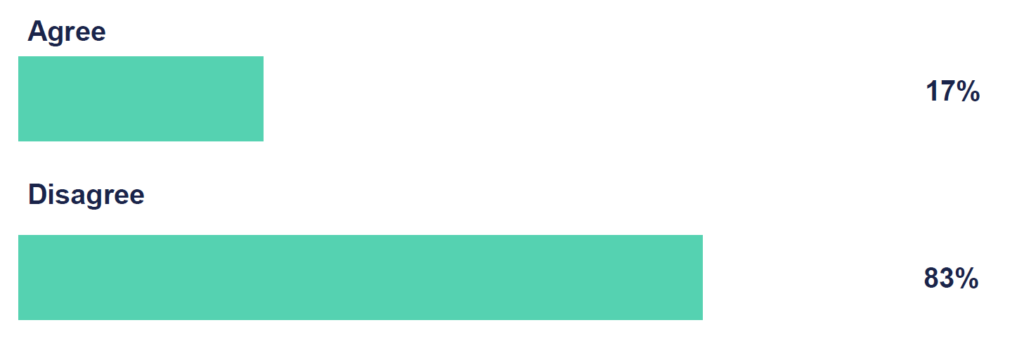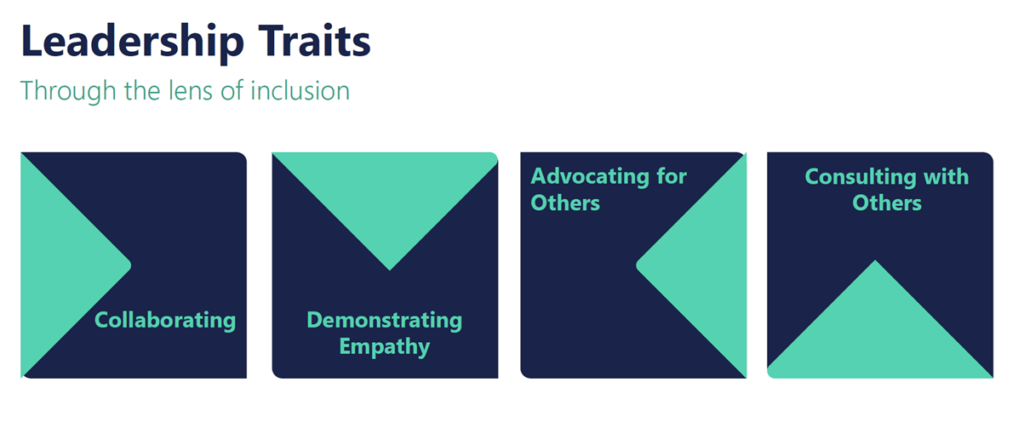Article · 5 minute read
6th July 2023
Our recent series of virtual roundtable events brought together talent practitioners from across the globe to share ideas, experiences and practical solutions for making talent practices more inclusive.
The first roundtable in the series looked at ways that organizations can nurture more inclusive leadership, with perspectives from a range of sectors, including IT, professional services, pharmaceuticals, travel and more.
Harvard Business Review defines inclusive leadership as “Leadership that assures that all team members feel they are treated respectfully and fairly, are valued and sense that they belong, and are confident and inspired.”
Research suggests that teams with inclusive leaders are 17% more likely to be high performing, 20% more likely to make better decisions and 29% more likely to collaborate effectively.
Other benefits include:
So there’s no surprise that inclusive leadership is high up on many organizations’ talent agenda.
In our afternoon session, 100% agreed that they were. However, in our morning session just 17% agreed, with 83% disagreeing, which suggests that there is still plenty to do in this regard.

Self-awareness is crucial in inclusive leadership. Leaders need to be aware of any issues, empathetic and open to change, which may not always be the case.
In our first session, 29% agreed that self-awareness was currently the biggest barrier to inclusive leadership, with 71% disagreeing. In the second session it was a closer split of 56% and 46% respectively.

This led on to our first break-out session, where we asked our groups:
Answers included:
We identified the following leadership traits as crucial when looking at them through the lens of inclusion:

Truly inclusive leadership helps create a ‘safe’ environment where employees feel valued and their voices heard, which in turn can lead to increased innovation, better talent attraction, retention and increased productivity.
The narrative should shift from how can leader be more inclusive, to inclusivity being be expected and understood as a key part of being a good or great leader.
© 2025 Saville Assessment. All rights reserved.